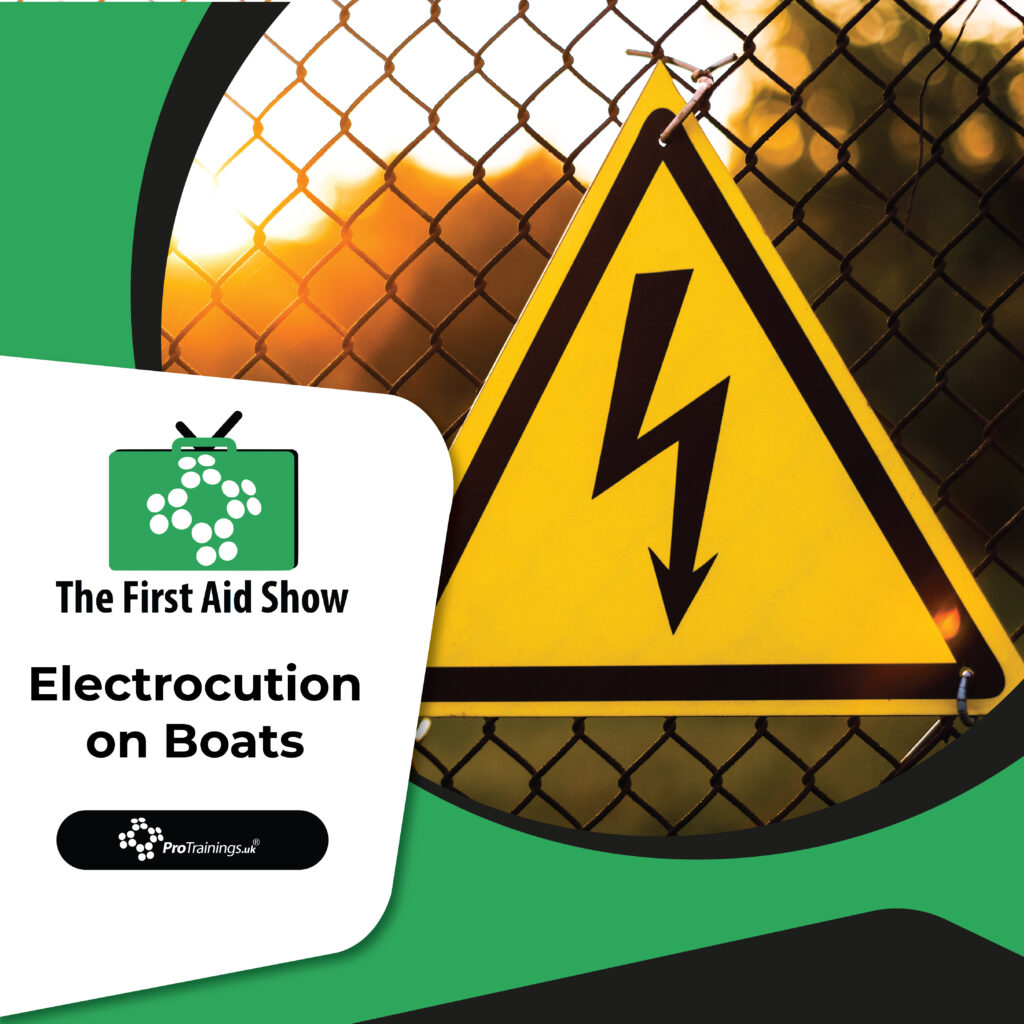Electrocution on Boats: Risks and Safety Measures
Electrocution on boats presents a significant risk, whether it involves low-voltage (12 volts) or main-voltage electrical systems. Grasping the potential dangers and appropriate responses can drastically elevate safety on the water.
Common Causes of Electrocution
Electrocution on board can stem from several issues: faulty electrical wiring, penetration of water into electrical components, or unintended contact with energized components. While boats primarily utilize 12-volt systems for essential functions like lighting and electronics, the incorporation of main voltage systems for other appliances increases the risk of severe incidents.
- 12 Volt Systems: Although generally considered safer, these systems can still lead to injuries such as burns or cardiac complications if the electrical current passes through the body.
- Mains Voltage Systems: These systems pose a greater danger due to their higher current, which can lead to more serious injuries or even fatalities, especially when water is involved.
Immediate Response to Electrocution
If electrocution on boats occurs, quick and cautious action is crucial:
- Avoid direct contact with the victim if they are still connected to the electrical source.
- Immediately cut off the power supply. If this isn’t possible, use a non-conductive material to disconnect the person from the source.
- Check the victim for responsiveness and breathing. Start CPR if necessary and call for emergency help without delay.
- Treat any electrical burns by rinsing with tepid water for at least 20 minutes and cover with sterile, non-adhesive dressings.
- Monitor for shock signs and maintain their warmth and comfort until professional help arrives.
Preventing Electrocution
Prevention is key in avoiding dangerous electrocution incidents:
- Regularly inspect all boat electrical systems for signs of damage or wear and ensure repairs are made promptly.
- Employ qualified professionals for installation and maintenance of electrical systems and use only marine-grade components.
- Install ground fault circuit interrupters (GFCIs) to quickly interrupt faulty circuits, reducing electrocution risks.
- Maintain all electrical devices and connections dry and well-sealed against water ingress.
- Equip the boat with safety tools such as insulated gloves and non-conductive poles to safely manage potential electrical emergencies.
Understanding and implementing these safety measures are imperative in reducing the risk of electrocution on boats. By fostering a safety-conscious environment, you safeguard not only yourself but also everyone on board from the dangers of electrical accidents.


